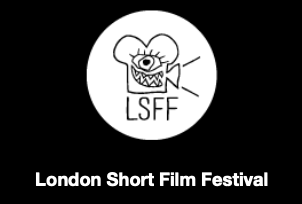 |
| Exemplar Call Sheet |
2) Transport Information - Whether it is for cast or crew, it needs to detail how they will be arriving to the location, whether that is making their own way, or being collected by a runner.
3) Title - Title of the production, clear and coherent with the date, cast could have multiple shoots going on at similar times so it is important to display the title of the production clearly
4) Weather - Include the predicted weather, this helps with everyone knowing what to bring in terms of sensible footwear and clothing, as well as the crew being prepared with the equipment if it is raining on an outside shoot, for example.
5) Nearest Amenities - It is helpful to include the nearest supermarkets, hospitals, taxis/train stations and police stations. The cast and crew will be coming from all over the country so this is vital information for them.
6) Scenes to be shot - Detail what you plan to film on the day so that the cast and crew are fully prepared and ready to go.
7) Names - List who it is for, give them specific details for their script, what time they are arriving and wrapping.
8) Call Time - Arguably one of the most important pieces of a call sheet, should be front and centre detailing the time off arrival
A lot of call sheets that I have looked at, include the schedule within that. With mine I have decided to do that separately, in a bid to attach it to the back of the call sheet. This means before the time of filming, I will send each cast/crew member a filming pack with the call sheet and schedule all in one. I will be designing a table, that explains for cast when each cast member will be arriving, breaking and wrapping. Similar to my research on the scheduling, I drew out a design before creating it as a word document. I have decided to make a template, so that next week when I have all cast, locations and other information confirmed, I can easily fill them in.























